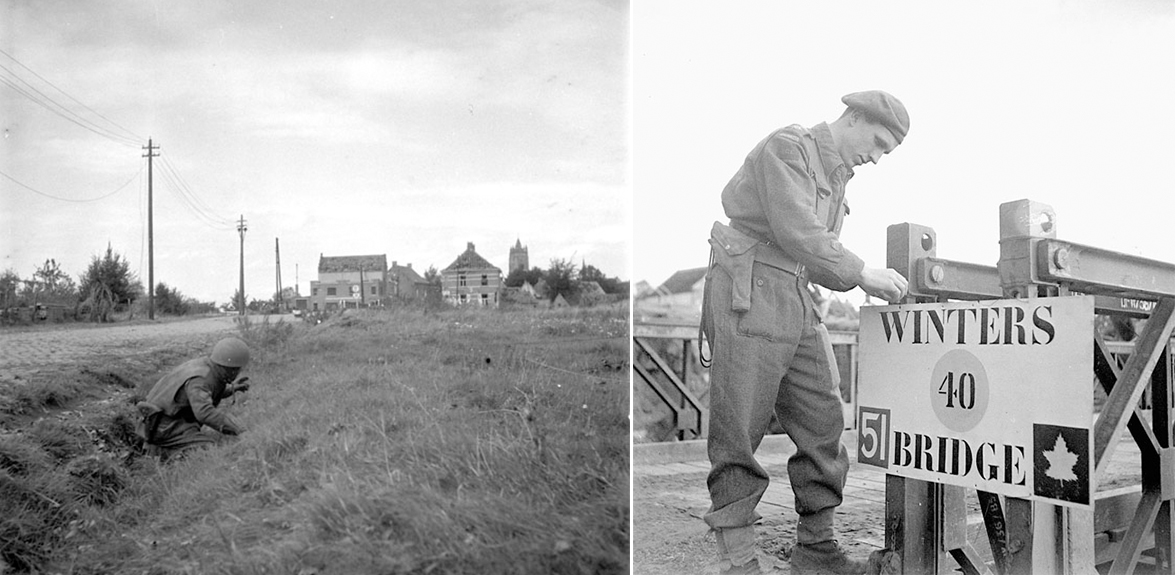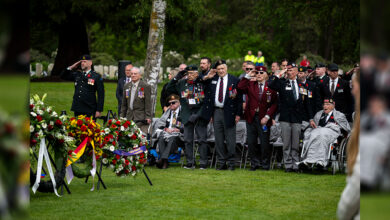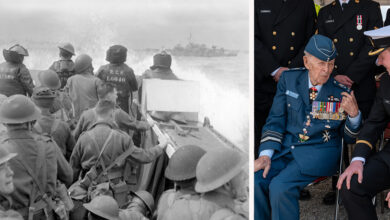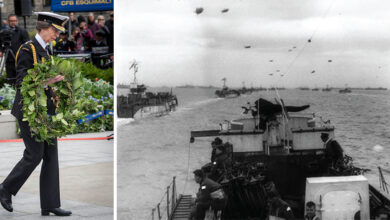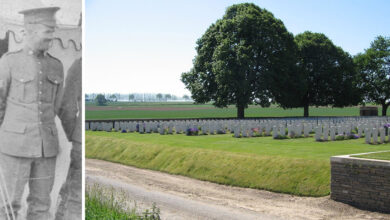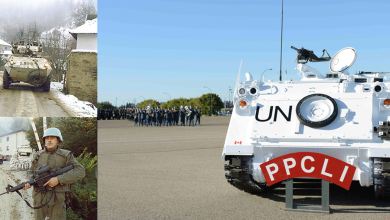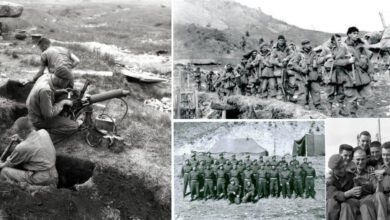History
Commemorating the beginning of the Battle of Scheldt
Seventy-six years ago this month, the objective of freeing the Scheldt was entrusted to the First Canadian Army, under the command of Lieutenant-General Guy Simonds.
Taking place during the Second World War, the Battle of Scheldt was a military operation in northern Belgium and the southwestern Netherlands.
Some historians considered the battle to be the most difficult battlefield of the Second World War. Due to the flooded, muddy terrain and the strength of the well-fortified German defences, the five-week battle was gruelling and bloody.
By the end of the five-week offensive, the victorious First Canadian Army had taken 41,043 prisoners had suffered 12,873 casualties, which 6,367 were Canadians.
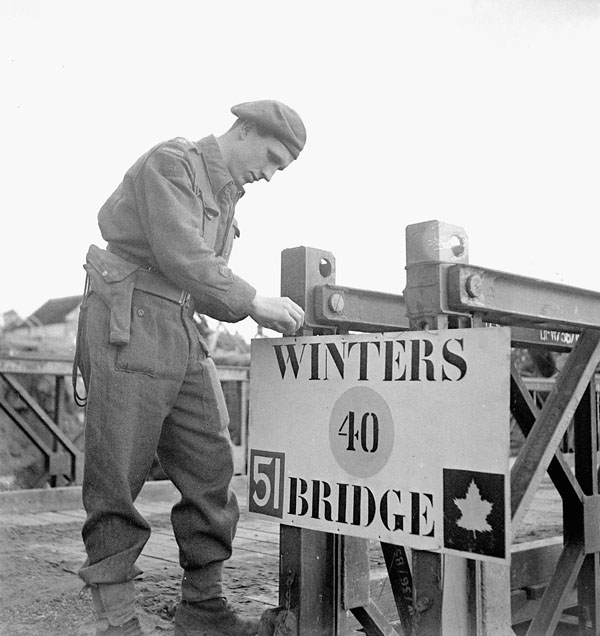
To commemorate the 76th anniversary of the beginning of the battle on Oct. 2, 2020, Lawrence MacAulay, minister of veterans affairs and associate minister of national defence stated, “The First Canadian Army began a gruelling and bloody five-week offensive along the Scheldt River in northwestern Belgium and the southwestern Netherlands. Some historians would come to call it the most difficult battlefield of the Second World War.”
On September 12, 1944, under the leadership of General Henry Crerar, the First Canadian Army was given the task of clearing the Scheldt of German occupiers. The first attacks began on September 13. However, they didn’t have much success.
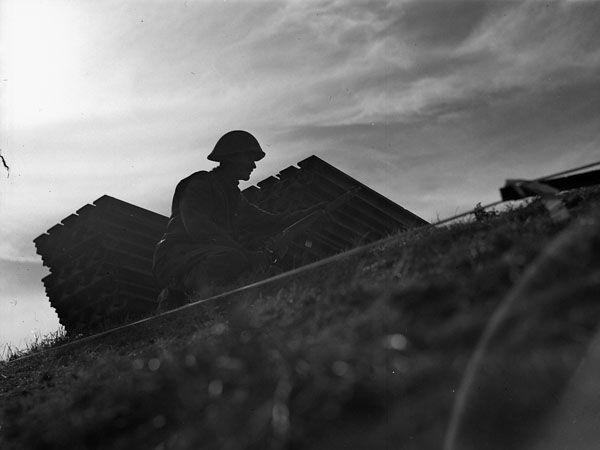
Due to severe illness, Canadian General Crerar’s returned to England, and Canadian Lieutenant-General Guy Simonds replaced him.
In the final phases of the war, the First Canadian Army in northwestern Europe was the largest army that had ever been under the control of a Canadian general.
The strength of this army ranged from approximately 105,000 to 175,000 Canadian soldiers to anywhere from 200,000 to over 450,000 when including the soldiers from other nations.
In addition to the 2nd Canadian Corps (which included the 2nd and 3rd Canadian Infantry Divisions and the 4th Canadian Armoured Division), the 1st British Corps, and the 1st Polish Armoured Division, at various times, American, Belgian, and Dutch soldiers were also included as units.
READ ABOUT THE BATTLE OF SCHELDT HERE
The plan for opening the Scheldt involved four main operations:
- The first was to clear the area north of Antwerp and secure access to South Beveland.
- The second was to clear the Breskens pocket behind the Leopold Canal.
- The third was the capture of South Beveland.
- The final phase would be the capture of Walcheren Island.
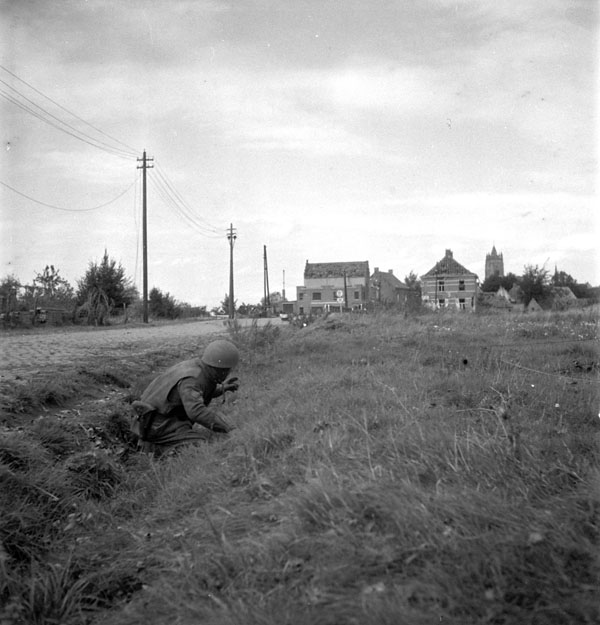
“The Battle of the Scheldt opened the major Belgian port of Antwerp to Allied shipping, providing the vital supplies needed to sustain the war effort in Northwest Europe. It would also free hundreds of thousands of civilians in parts of Belgium and the Netherlands from German occupation.
“By the time their offensive ended on 8 November 1944, the First Canadian Army – under the command of Lieutenant-General Guy Simonds – had taken more than 41,000 enemy prisoners. But while their victory was impressive, it came at a terrible cost: nearly 13,000 Allied soldiers, including more than 6,300 Canadians, were killed, wounded or declared missing.
“Today, we remember those brave Canadians who risked everything along the flooded and muddy banks of the Scheldt River to help restore peace in Western Europe. Lest we forget,” stated MacAulay.


